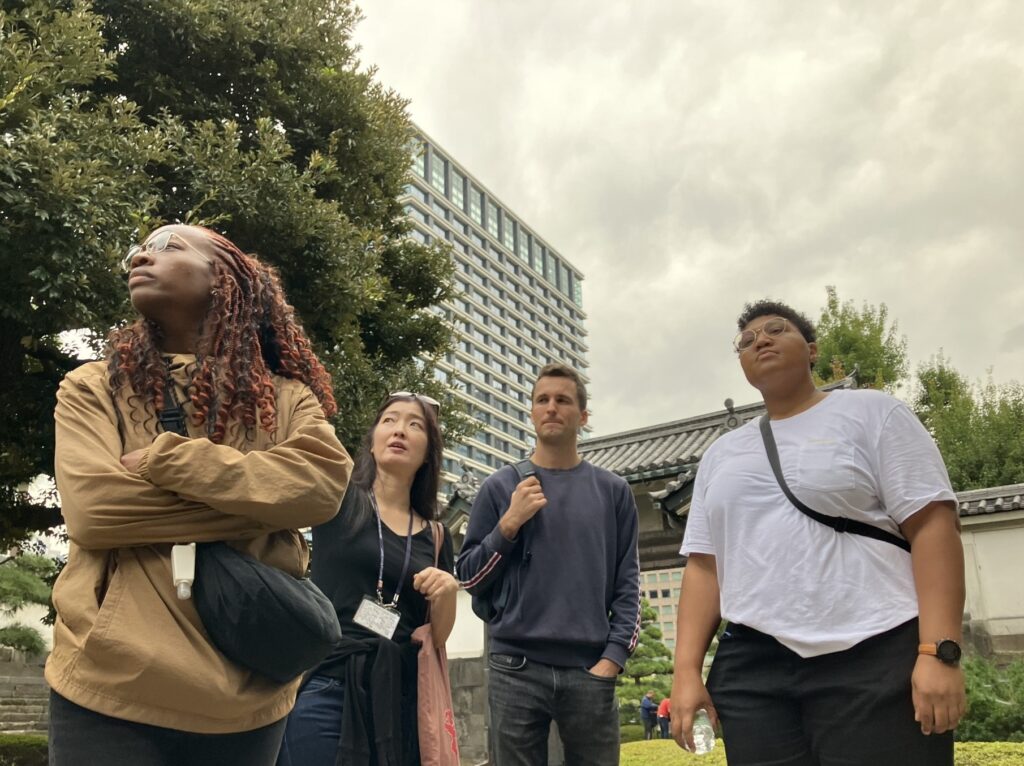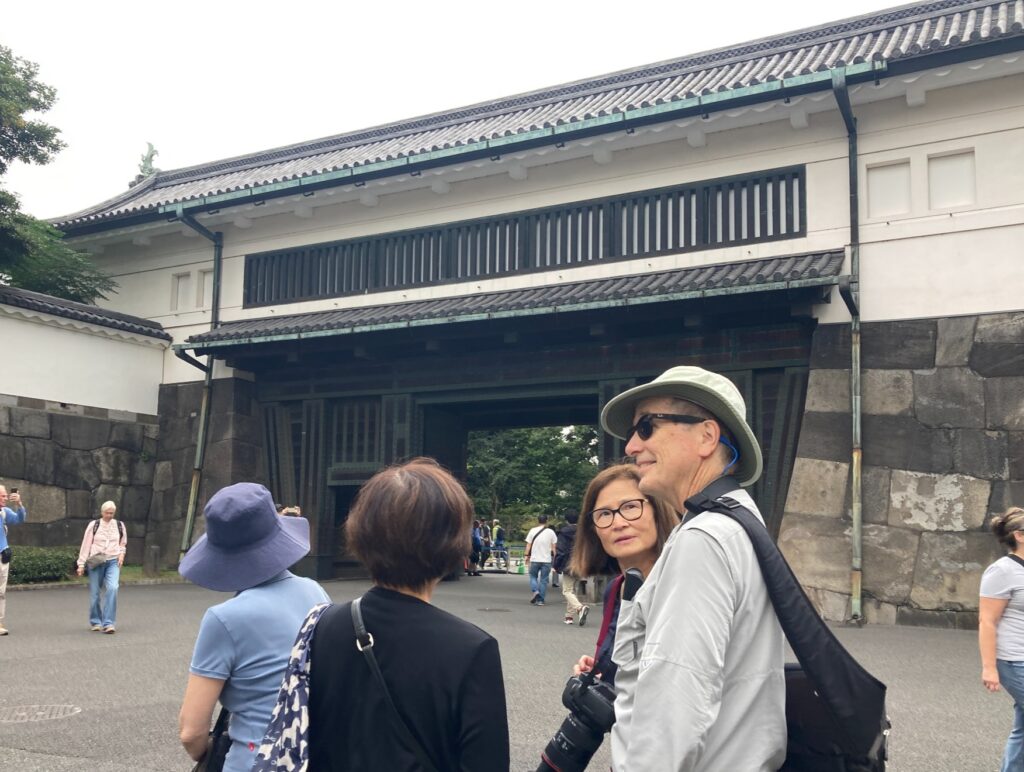Thank you for joining our Tokyo Free Walking Tour of the east gardens of the imperial palace on October 26. We welcomed eighteen guests from Canada, USA, UK, Israel, Germany, Philippines. Our tours aren’t just about following a guide and listening. I hope all of you enjoyed and shared interesting conversations with us while touring the Imperial Palace Gardens, where the ruins of the Edo SHOGUN’s Castle remain.
Tokyo Free Walking Tour – East Garden of the Imperial Palace Group A




Tokyo Free Walking Tour – East Garden of the Imperial Palace Group B







Tokyo Free Walking Tour – East Garden of the Imperial Palace Group C





Omikuji: Bad fortune Leads to Good fortune.

I once read somewhere that “if you pass through the torii gate or temple gate again, you can draw an omikuji (fortune slip) up to three times.” Yet, even after reading that, I, like many Japanese, usually draw only once. Why? Primarily because drawing multiple times feels disrespectful to the deity, and because each omikuji is a precious message from them. (Although there are various interpretations, I believe many Japanese share this feeling.)
However, once, while struggling with a difficult period in my life, I drew a “bad luck” (kyou) fortune at Mt. Takao. Remembering that article, and feeling desperate, I ended up drawing three times that day. The result? Three “bad luck” fortunes in a row! But in the end, it was fine. They say that drawing “bad luck” is actually a type of yaku-otoshi, where the deity absorbs the bad luck on your behalf, and it’s true—bad luck does lead to better fortunes. In fact, I did experience some tough times that year, but those challenges ultimately made me happier today. So, thank you to the deities of Mt. Takao!
Incidentally, it’s said that places like Mt. Takao, Senso-ji Temple in Asakusa, and Tsurugaoka Hachimangu Shrine in Kamakura tend to have more “bad luck” fortunes. The message from the deity in your omikuji is often profound and open to interpretation. I hope you enjoy this unique aspect of Japanese culture!
Your feedback is important and helpful to us. If you enjoyed our tour, please consider posting a review on our TripAdvisor/Google. Your comments will help contribute to higher-quality tours. Once again, thank you for choosing Tokyo Free Walking Tour during your precious time in Tokyo.
Tokyo Free Walking Tour – the Eastern Garden of the Imperial Palace
(Posted by Kana)
